Being one of the oldest breeds of swine out there, the Berkshire pigs are known all around the world as one of the safest options for any farmers out there regardless of what they’re currently looking for.
For over 350 years now, Berkshire pigs have been the crème de la crop of the meat industry, taking the expectations of the people and just skyrocketing past them, lifting the bar up higher than ever before.
As such, it’s no wonder that Berkshire pigs have been extremely popular, having been recommended by every big name in the industry as far as we know.
But there are certain aspects to Berkshire pigs that have not been explained properly by the media, which do require your attention, if you want to make sure that you are making the proper decision by the end of the day.
So, in this short guide we will showcase everything there is for you to know about the mischievous Berkshire pigs, so that you know whether or not this is the perfect pig breed for you.
But before we get into the specifics, how about we bring you a little history lesson on this breed, so you can truly appreciate the impact that it’s had over the current pork meat industry as a whole.
Berkshire Pigs Origins
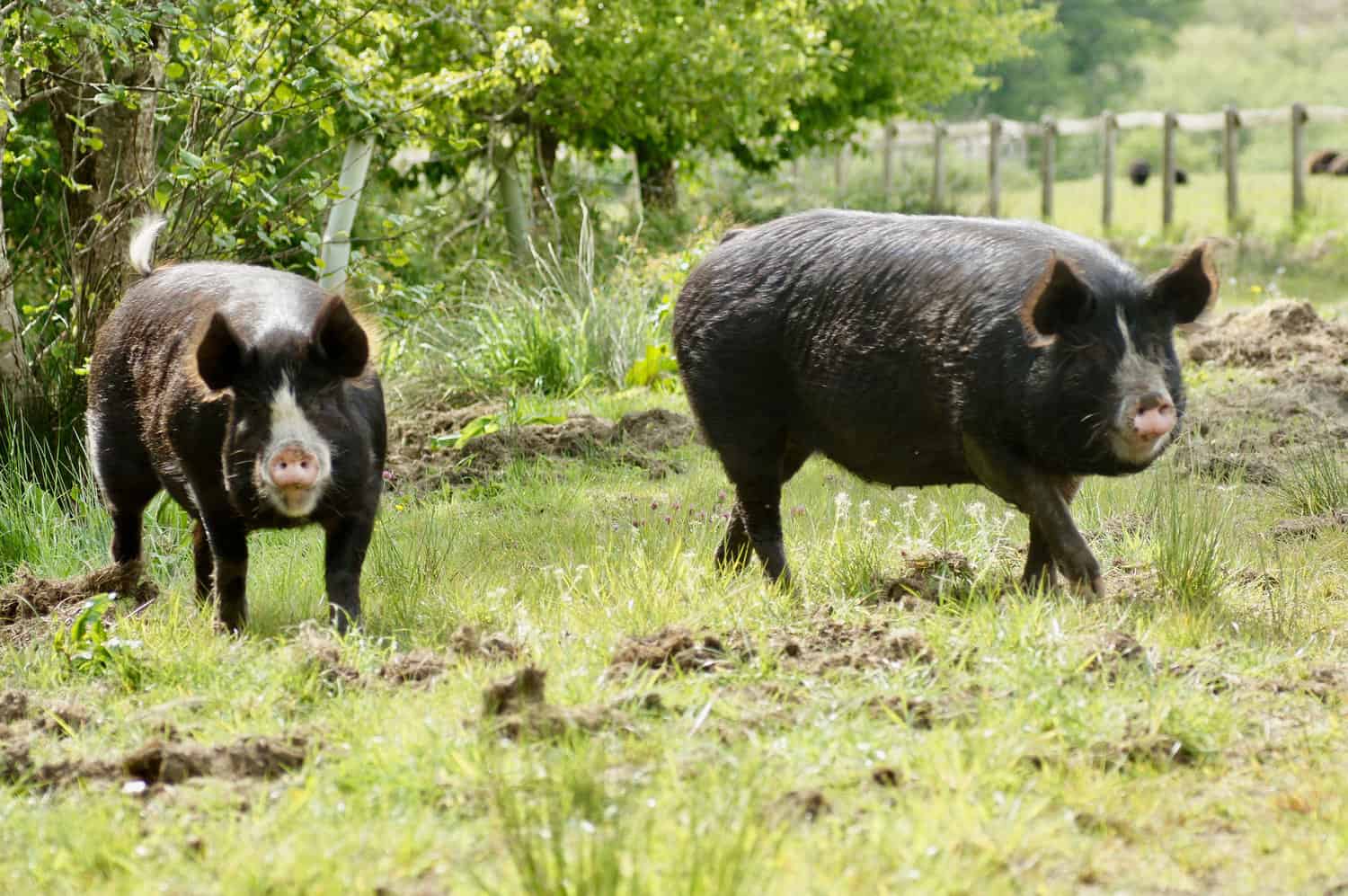
As you can already tell right off the bat from their name alone, the Berkshire pig breed is a native inhabitant of England that got its name based on the shire of Berks, or the area that they lived in back in the day.
This all took place way back in the 1800s, which is also coincidentally the time when pig breeders decided to try their luck at peddling this strange new breed on the American open market.
It took a lot of convincing to get the ball rolling but by the year 1875, the breed had been officially recognized by the community, adding it to the industry as one of the top sellers in fact around the same year. The main reason for this was the fact that they, as a breed, are considered to be lard pigs which is due to their large deposits of fat that can be used for cooking.
The problem here though is the fact that a little-known event that went by World War 2 came about soon after, and when this came about people tried their hardest to reduce the amount of lard they used, leading to a complete downfall in sales for the Berkshire pigs.
The breed had struggled for so long in fact that by the late 1900s, they were getting dangerously close to being completely removed from the market, but then something happened.
As times had changed by this point, it didn’t take long for the Berkshire pigs to come back “in style”, due to a rising interest in heritage foods. As such, the Berkshire pigs’ numbers started rising again, thus securing their future at least for the time being.
At the moment their numbers are steadily rising because of the demand that there is for their heritage quality, although we highly doubt that it will get back to their peak anytime soon as they really were leading the market back in the day so that’s very unlikely considering how many other breeds we have to pick from nowadays.
How to Spot a Berkshire Pig
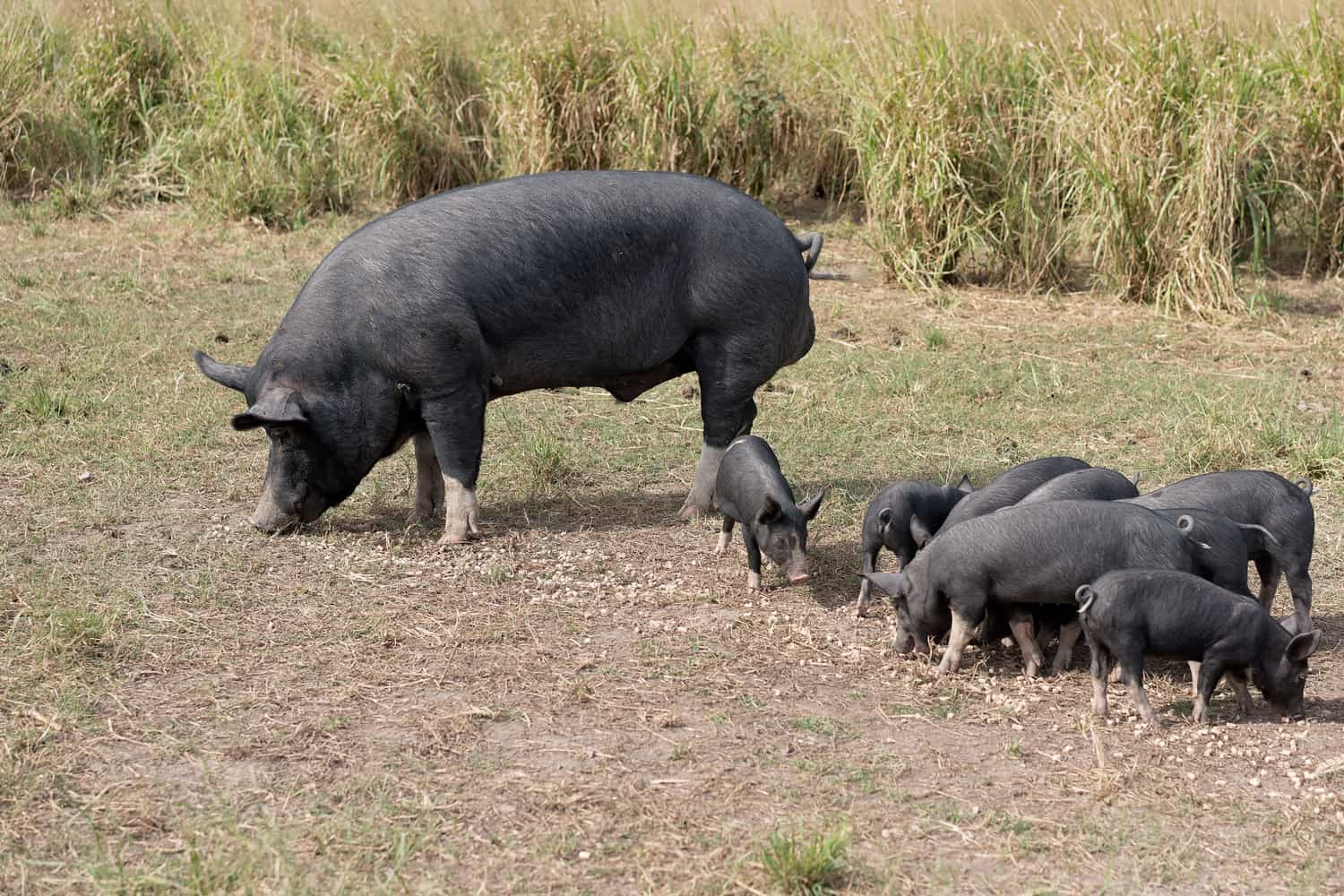
Now that you know the brief rundown of their history, we will direct you towards the main characteristics that will show you that you are indeed looking at a purebred Berkshire pig right now.
First and foremost, we will start off with the general color of the pig. The typical Berkshire pig will be black with white points dotted all across their legs, tail and face, and as soon as you get a closer look you should be able to spot the pink skin that they sport.
As far as their body type is concerned, you should be able to tell that you’re dealing with a Berkshire pig right off the bat if you can point out the strong uniform arch on their backs and more specifically, their impressively muscular build.
Despite being relatively short and blocky, this breed is strangely powerful when it comes to its general build, meaning that if you do want to keep it locked up you will need to heavily invest in a strong coup so that they can’t just force their way through.
Next up we would like to bring attention to their heads and more specifically to their small and short snout. Their whole face is usually a very big giveaway of their breed considering the fact that Berkshire pigs have very dish-shaped faces that come with a rather massive jowl and the aforementioned small nose.
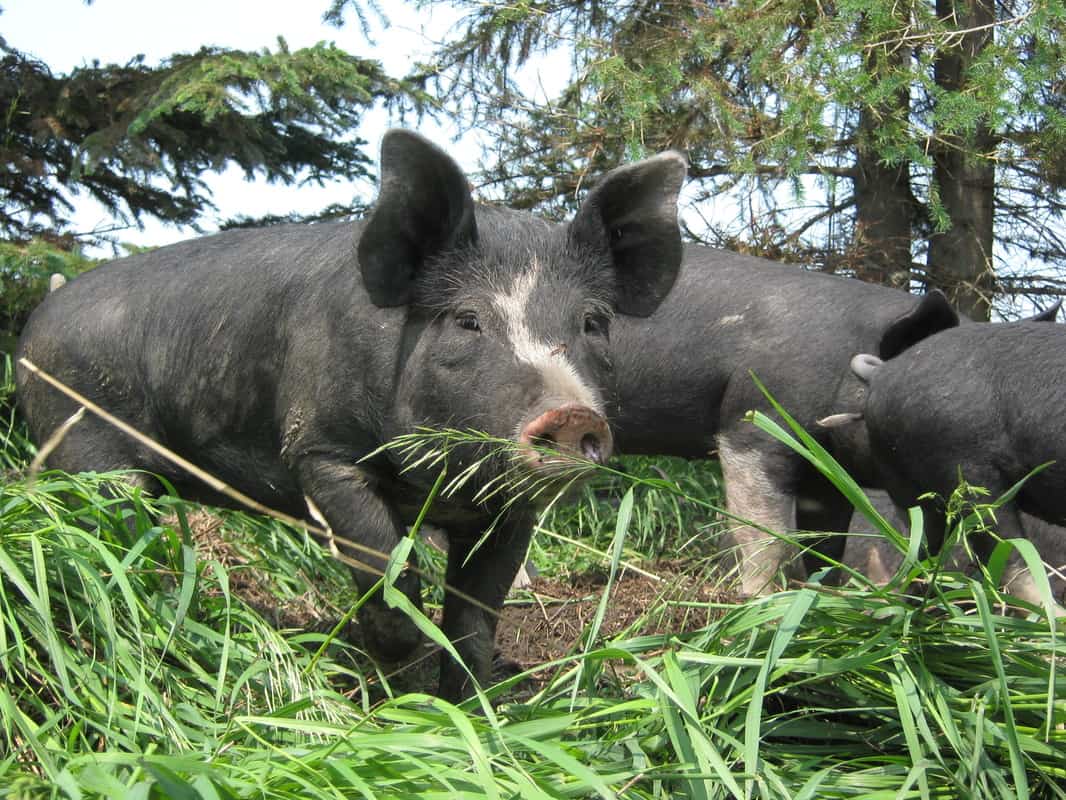
Their ears are also always up, standing tall at a medium length which is always funny to look at when you realize the curvature of their face in contrast with the erect ears.
When it comes to their general size it should come to no surprise that being a lard pig, the Berkshire pig is a fairly large animal, to the point where the typical pig can easily get past the 600-pound mark as soon as they reach adulthood.
The female Berkshire pig however does come at a bit of a smaller size cap, barely passing by the 400-pound mark by the time they reach adulthood.
The good thing about this though is the fact that they can both pass by the 200-pound mark by the time that the first year is through, making this breed a great investment if you are looking for a quick way to make a profit by selling them right off the bat.
Berkshire Pigs as Pets
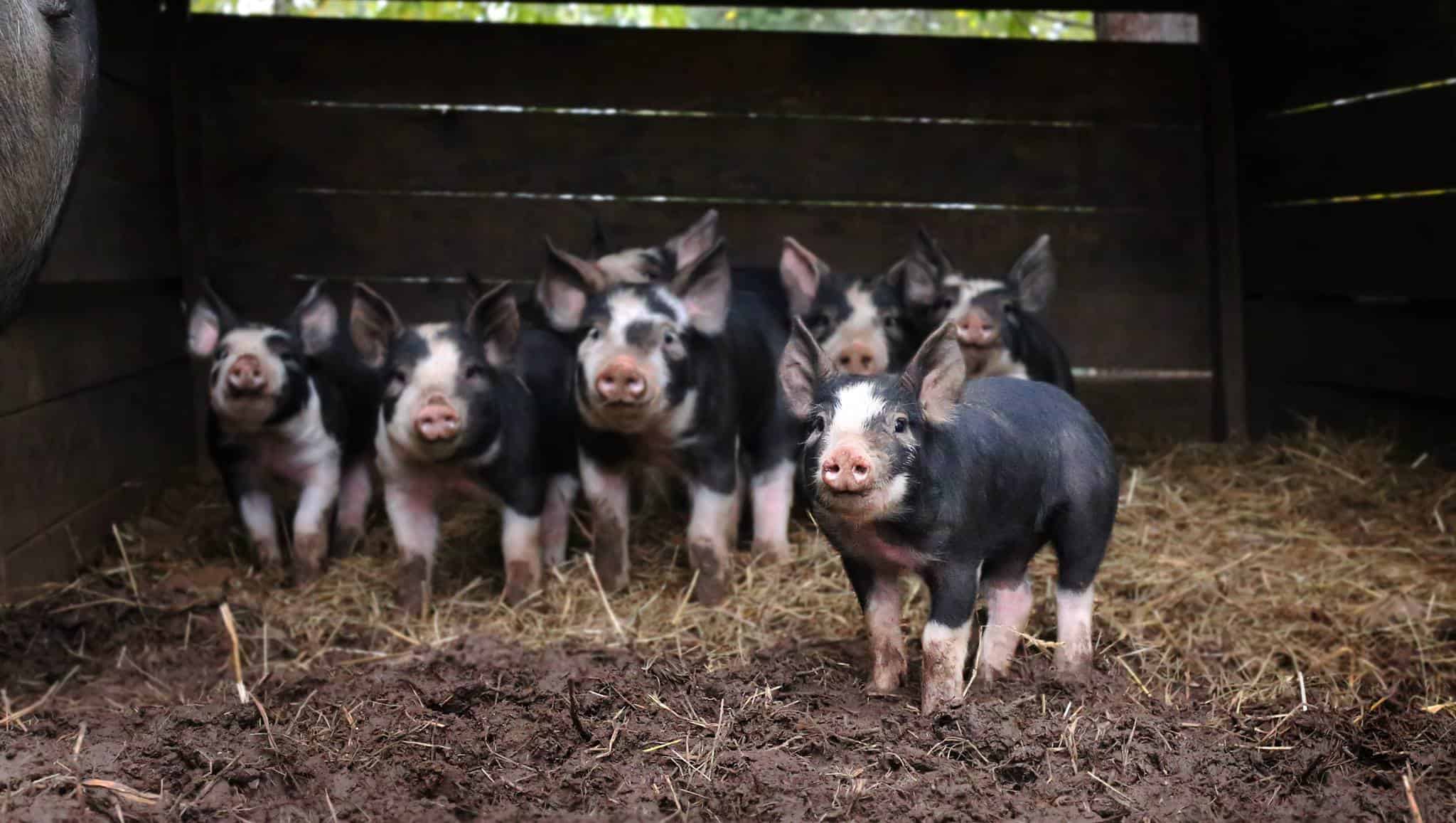
One thing that we should make a note of here is the fact that the typical Berkshire pig, regardless of their gender, is said to be able to live anywhere between 6 to 10 years in total, so if you do just want a healthy companion in your life, you may have hit the nail right on the head here with this purchase.
On top of that, Berkshire pigs also make for great pets because of their excellent disposition and more specifically because they get really attached to their owners as long as you give them the attention they crave so much.
They are very curious and friendly creatures that will never stop looking for ways to entertain themselves which makes them great pets for children especially. Just make sure that you understand the fact that while they are very friendly and curious, they are also very big and heavy which makes them dangerous for very small children simply because they could always stumble and fall on them.
So, while you can have fun with them and have your children play around the whole time, please do act with caution as can they still inadvertently hurt you by simply being a bit too excited around you.
The one good thing about them though is that you can still get a very generous milk production going on while you also take care of them. So, even if you don’t want to butcher them by the time that they mature you can still reap the benefits of owning a Berkshire pig by milking them as soon as possible.
What Does Berkshire Pigs’ Meat Taste Like?
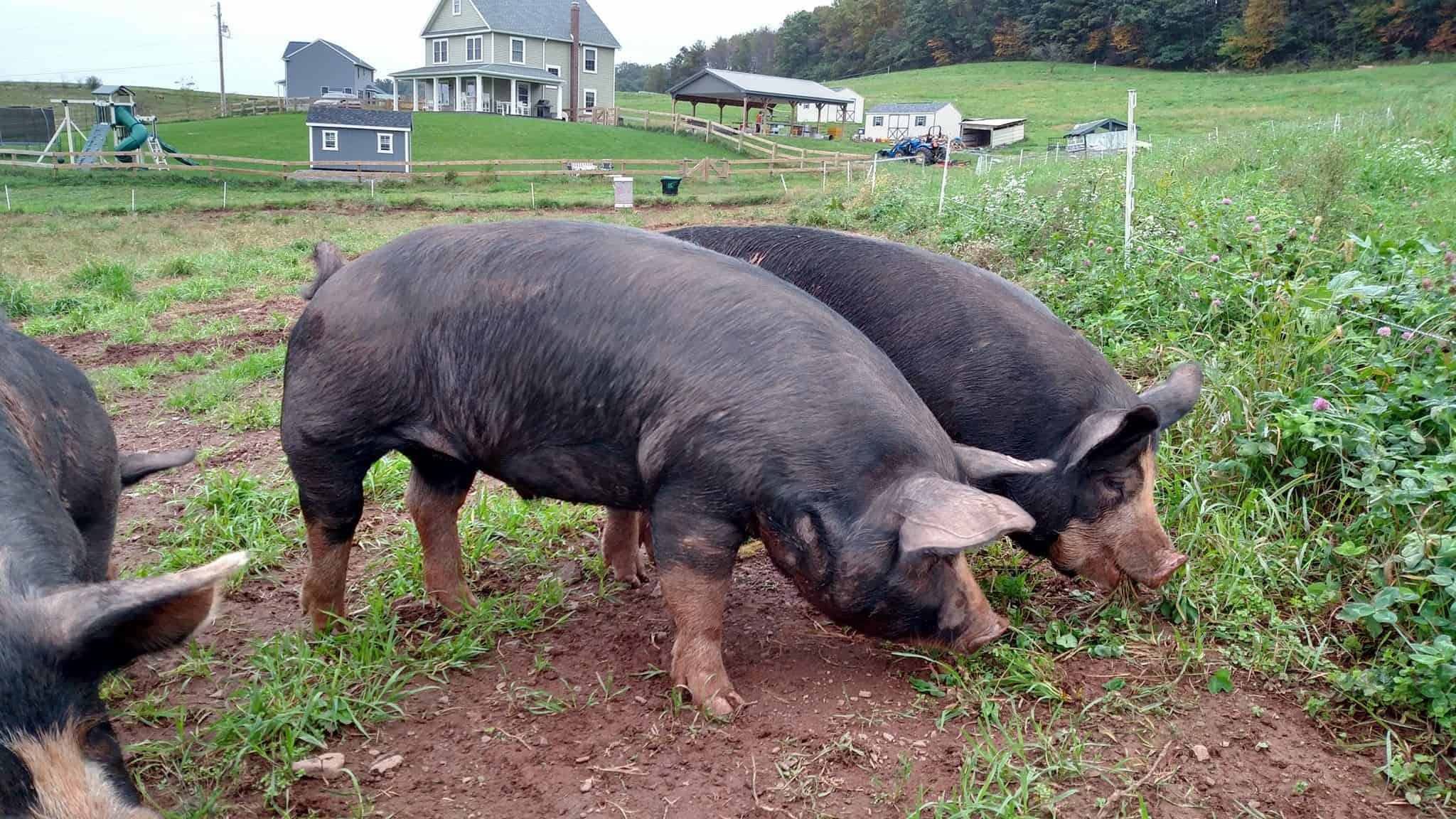
Despite all odds, the Berkshire pigs’ meat demand has actually been on the rise as of late, especially on the Japanese market, which has definitely taken the world by surprise to say the least.
Nobody could have expected that out of all the places that it could have picked up traction from, the Japanese people would step up and make the first move to bringing them back up to speed but it did happen and as such, more and more people have started to second guess their choices as well.
But what makes the Berkshire Pigs’ meat so good in the first place and what caused this resurgence? Honestly, it’s all in the taste and as silly as that may sound, it is something that the western market has definitely taken for granted over the past couple of decades now.
We have mentioned how the Berkshire pigs’ meat is very fat, which is why they are considered to be lard pigs to begin with, but what we didn’t mention properly is the fact that this also does add to their flavor.
We know that the fatter the meat is, the juicier it is, and as such it shouldn’t come off as a surprise that the Berkshire pig breed has really started to attract a lot more attention, from the markets that generally don’t consume fatty meats to begin with.
This is why the Berkshire pigs’ meat has been doing especially well on the Japanese market, as they have not gotten accustomed to the juicy and tender slices that can be made from this breed. On top of that, we have also spotted a general uprise in popularity for Berkshire pigs when it comes to some of the most popular and skilled chefs out there.
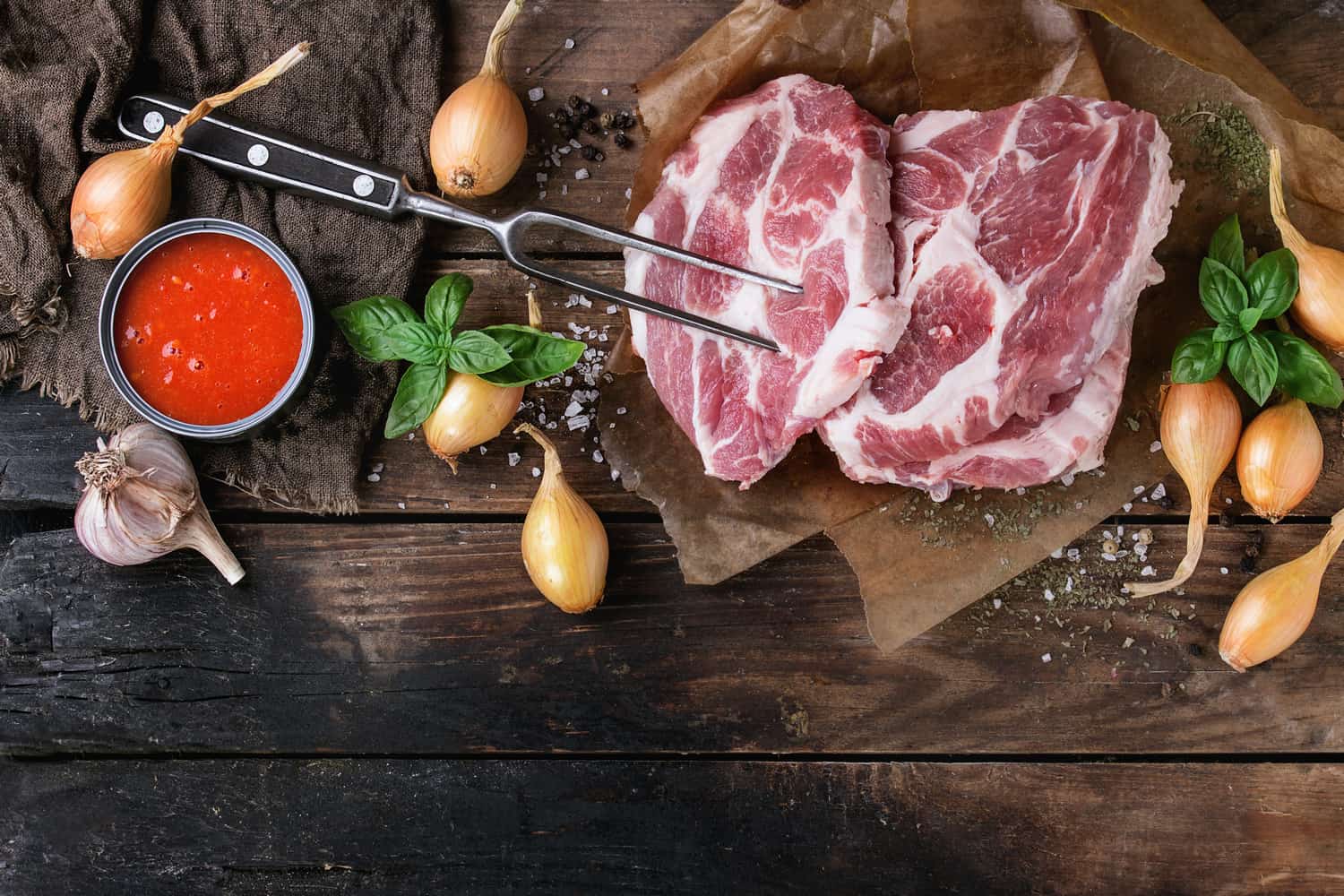
They have shown their support for the Berkshire breed for quite some time now, pretty much endorsing this product as the best addition to their meals due to the richness of the flavor that they bring to the table.
Tom Boyce for example, one of the top chefs from the Beverly Hills restaurant known as Spago, has said multiple times over by now that not only do these pigs taste better, but that buying them in the first place does a lot for the community, as it supports raising the pigs in a safer and overall better environment.
Commodity-pork has definitely seen better days as far as the general treatment that it received over the years is concerned, and this has brought a lot of disappointed looks towards the actual meat industry as a whole. But as we’ve seen so far, Berkshire pigs are treated differently because they do sell for a lot more and are thus able to live in better conditions overall.
Bryce even went as far as to state that this is the only pig breed that they’ve used since he got hired by Spago, stating that he has this meat at least a couple of times every month on the menu and every time they do so they can see the high demand there is for it in the first place.
We should also mention here that there are technically two types of pork out there, aka the lard pigs and the bacon pigs and the main reason as to why their numbers have dwindled down over the past couple of years now is because of the rising popularity of the bacon pigs.
Since Berkshire pigs are lard pigs they’ve been losing their ground a lot but luckily, being a heritage breed has made them get a bit of a comeback right now, even though they are still considered to be far outsold by the typical bacon pig breed.
Breeding Berkshire Pigs
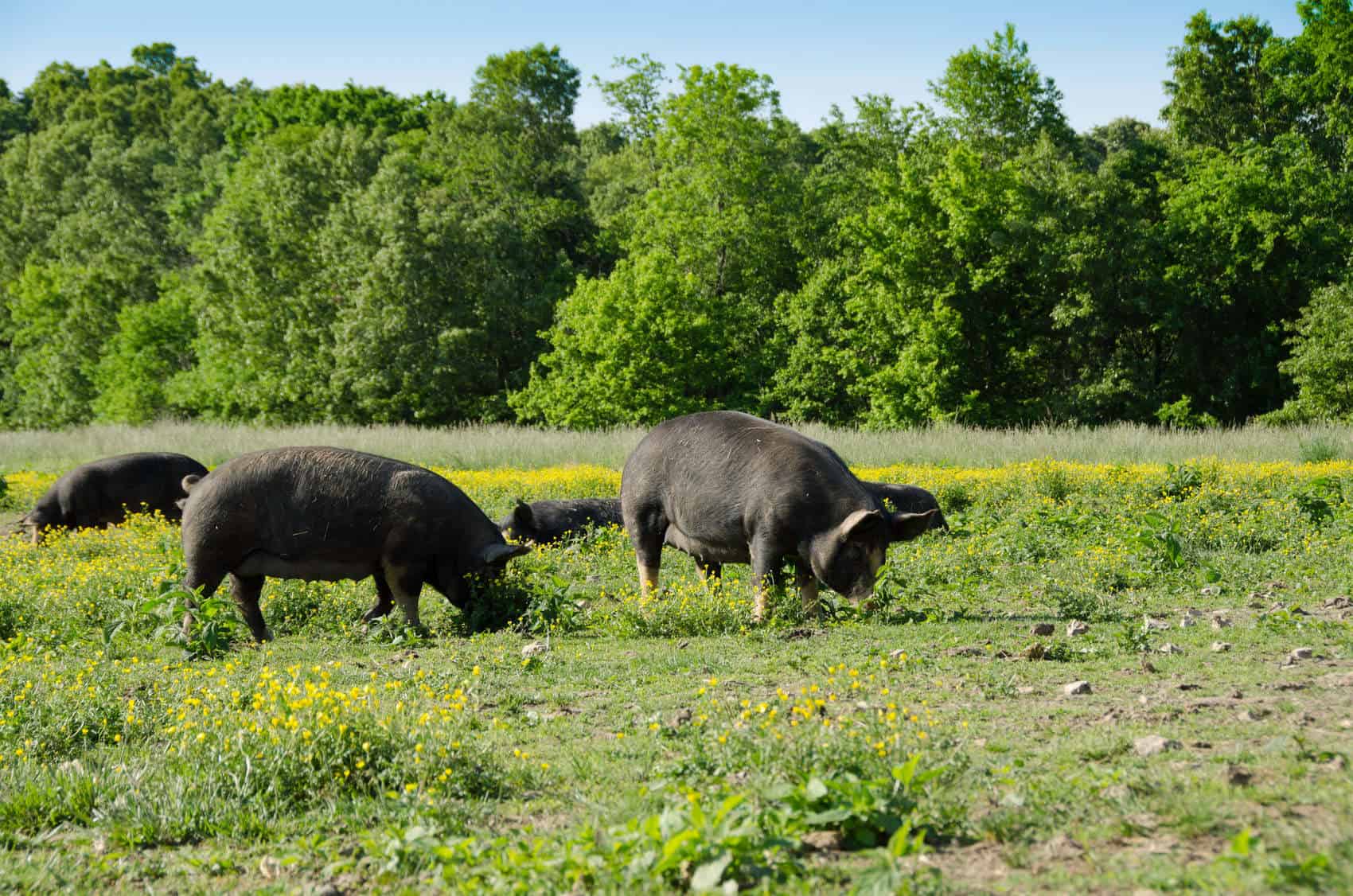
If you are on the market trying to get into the pig farming industry, then we can’t recommend the Berkshire pig breed enough, due to how fun and profitable they are as an option.
The Berkshire pig is actually one of the most intelligent breeds out there, and this truly shows when you take care of them simply because they are generally very non-violent and friendly, and they’d rather investigate everything first than slam into it with all of their weight.
As such, they are considered to be very easy to train and there have been very few cases of them actually being violent for no real reason making them perfect for new breeders that want to get experience in the industry.
You should know that the typical gestation period for a sow is of around 116 days or so, although this does vary from specimen to specimen. This is a tad bit longer than the typical pig breed but it is also a bit more profitable considering the fact that it almost always leads to around 8 to 10 piglets per litter.
Berkshire sows also make for some excellent mothers as they will immediately start taking care of their piglets and they generally don’t have any milk production problems which means you won’t need to step in and help raise them anytime soon yourself.
Should You Get a Berkshire Pig Litter?
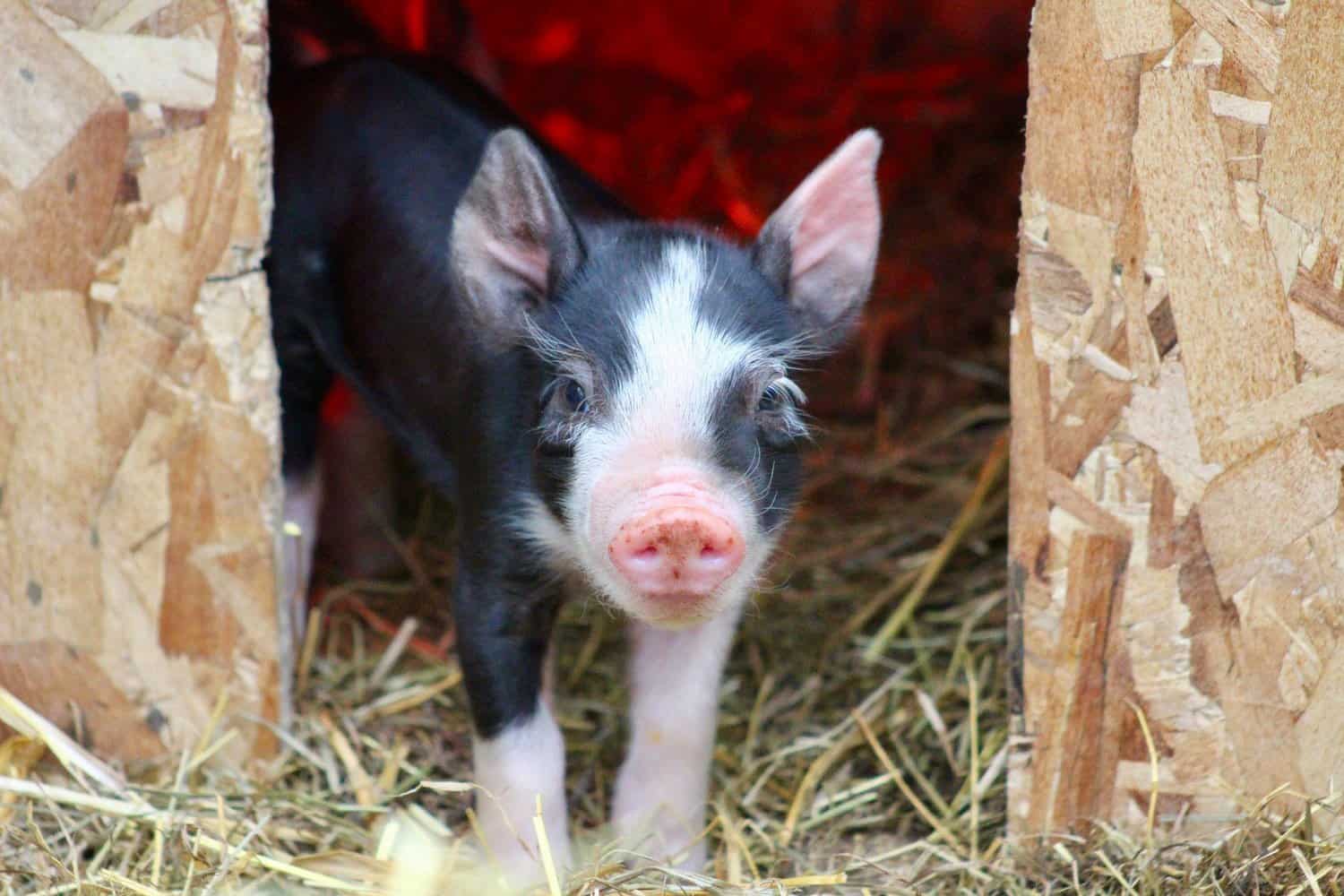
If you do want to get your hands on a friendly and very easy to make a profit off of breed, then the Berkshire pig may very well be the top choice for you especially considering their recent resurgence in popularity.
Whether this will last for many years into the future, or if they’ll drop down in numbers within the next couple of years we can’t tell for sure, but what we can safely say is the fact that for now, Berkshire pigs are definitely in high demand which means that there is a lot of profit to be had here.
If you do want to get one and sell them though you will need to register your pigs. This is also required of you if you want to take your Berkshire pig to an official show or if you want them to be take for AI, or artificial insemination breeding.
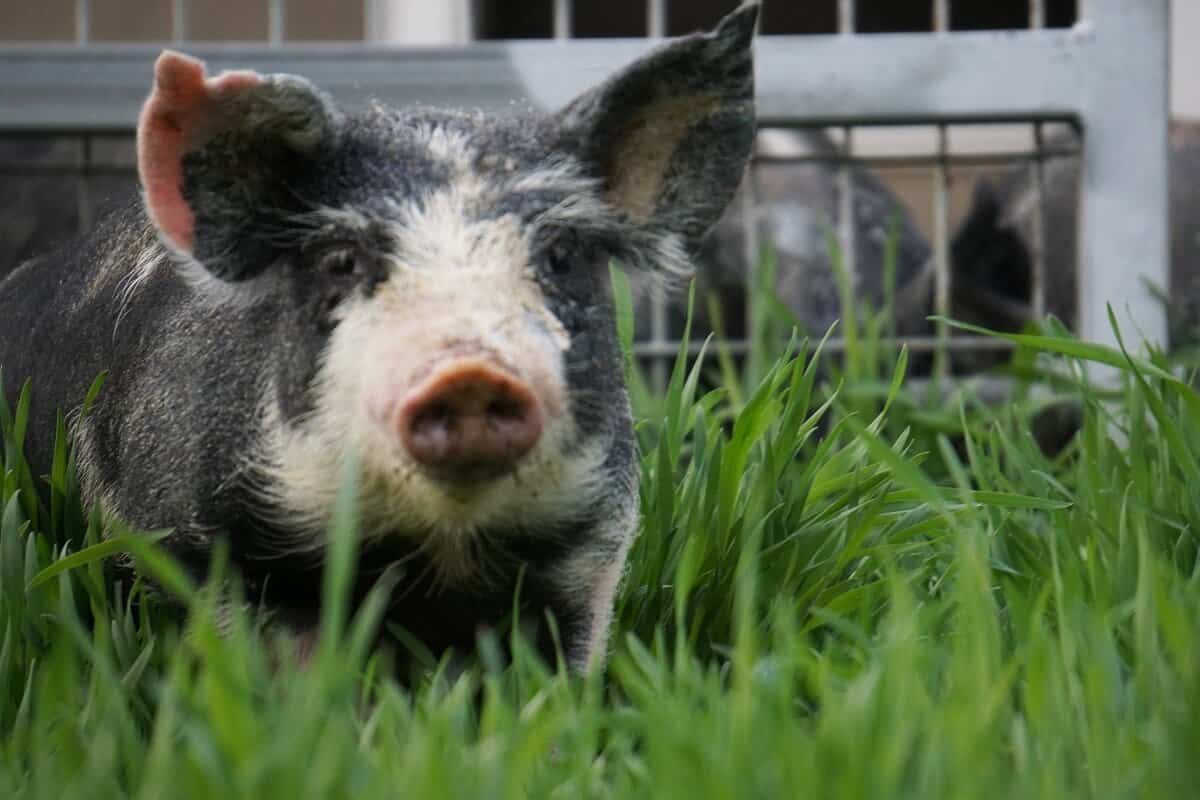
But if you just want to get your hands on a nice and friendly pig and you want to use them for their milk and eventually for their highly flavorful meat then you can definitely tick all of those boxes and more with a Berkshire pig.
They are relatively easy to take care of and raise and as such very few people have actually complained about having to raise them when compared to the other options they could have on the market. Breeding them is relatively easy, as for the most part finding a purebred partner is the real kick in the pants that most breeders will have to deal with over the years.
Luckily finding a purebred Berkshire pig is actually a lot easier than it sounds, especially so considering the fact that they are heritage animals which means that there is a very high demand for them to be purebred in the first place.
Conclusion
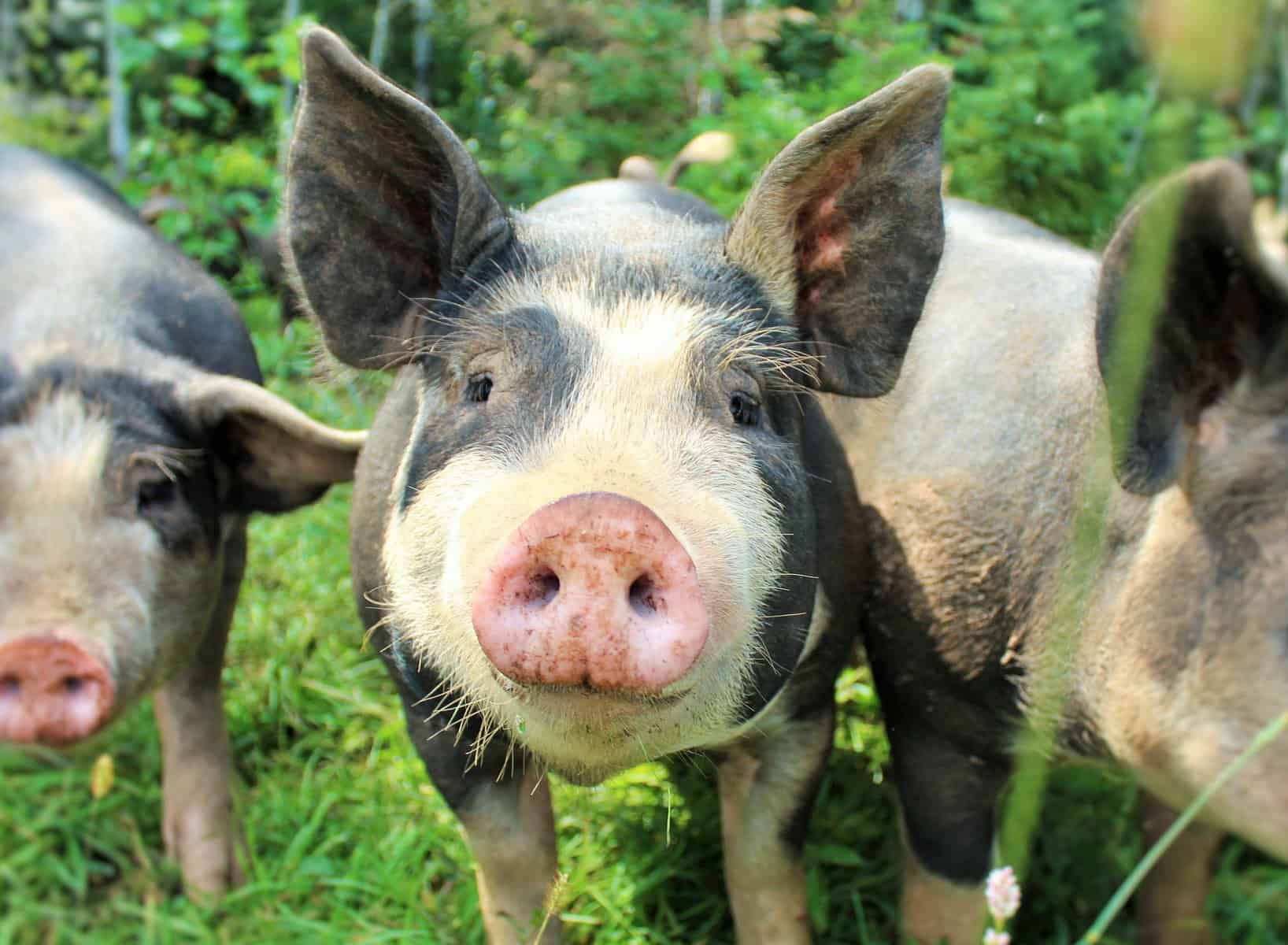
So, that should be enough information to help you decide on whether you want to get your hands on a Berkshire pig anytime soon or if you prefer to go for any of the other bacon pig breeds there are out there.
We can’t say whether one is better than the other as this is truly dependent on the owner and what they are looking for in a pig.
But, if you want a friendly pig breed that is very easy to take care of, breed and sell later on down the line, you just can’t go wrong with the Berkshire pig breed and that’s a fact.

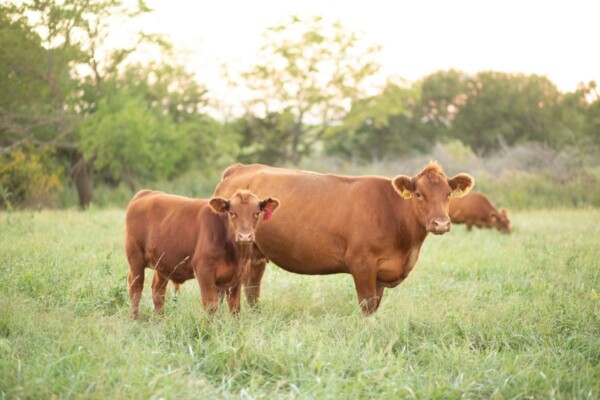
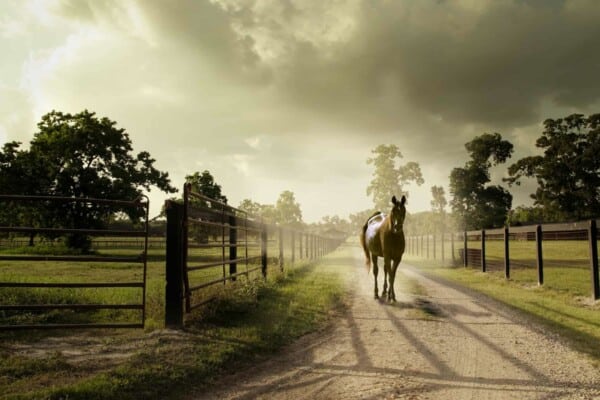
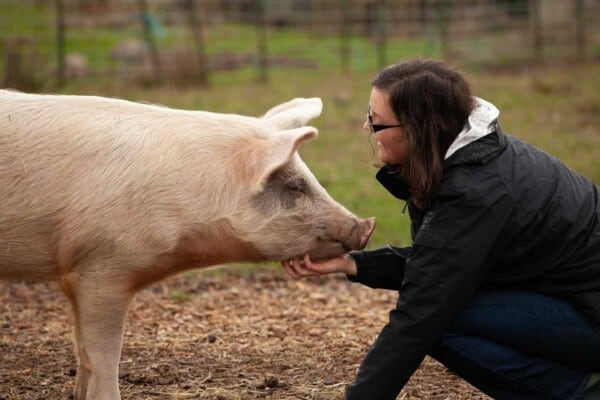
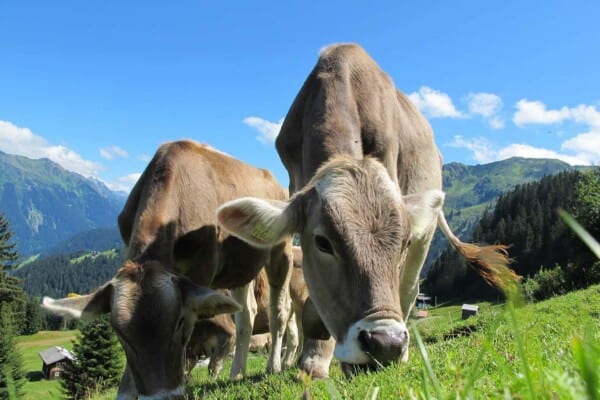

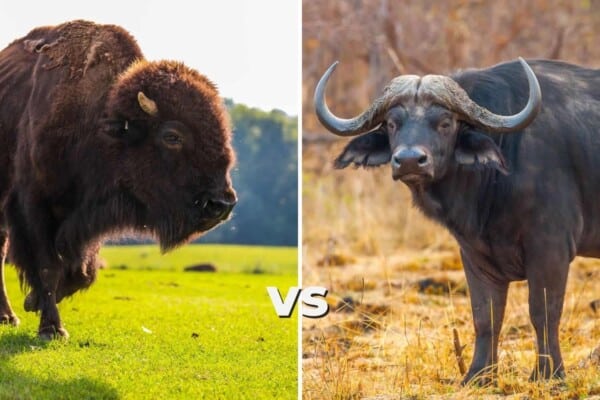
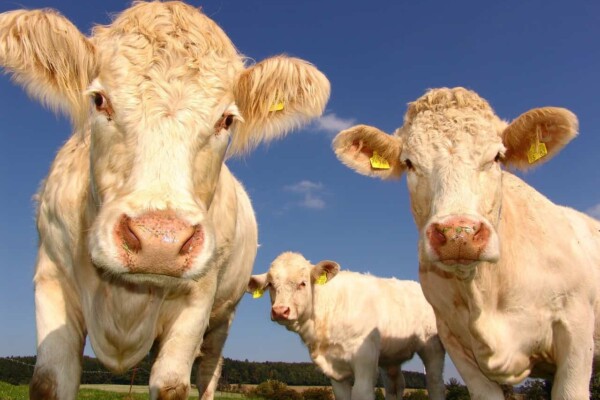
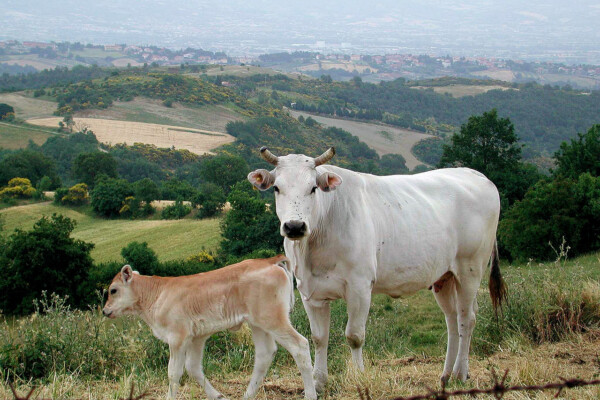



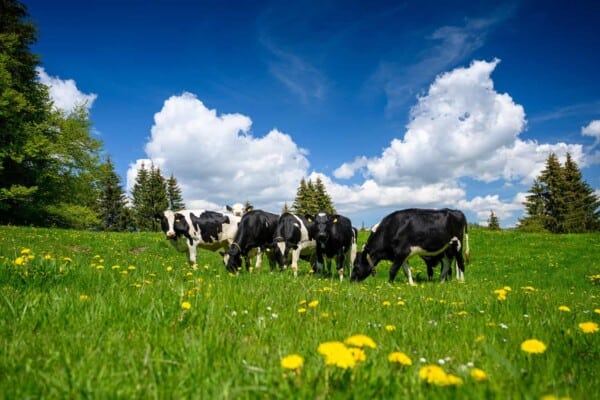
Great info. If you’re into heritage pork, we can definitely recommend Berkshire pig. The flavor is second to none, with awesome marbling. Pigs are smart, sassy, and overall sweet. We love ours. If you’re in central Texas come see us at Double D Farm.